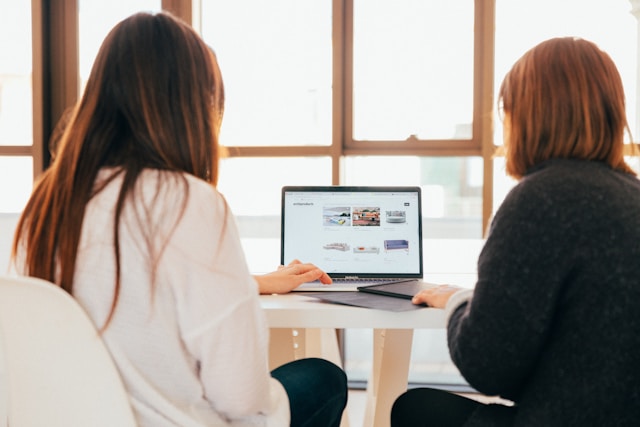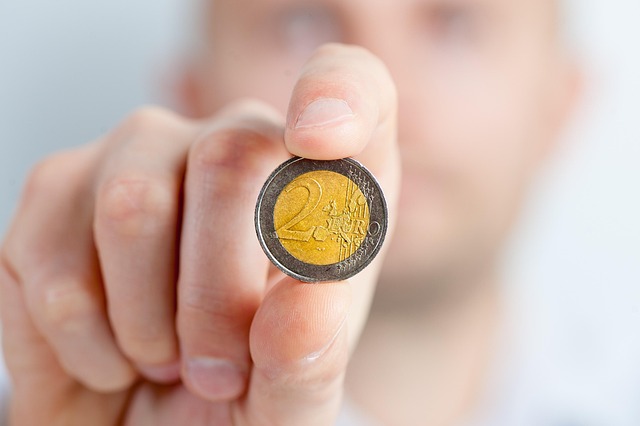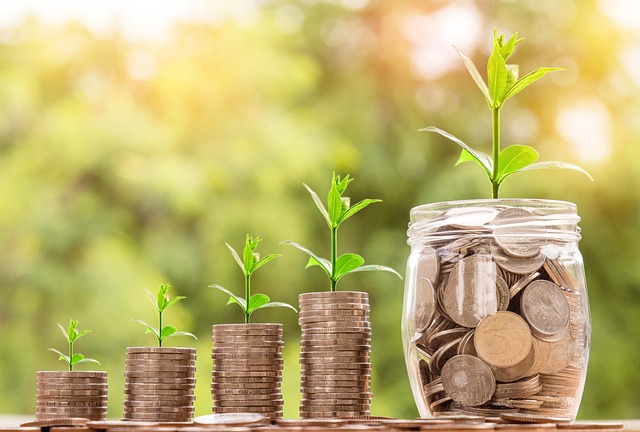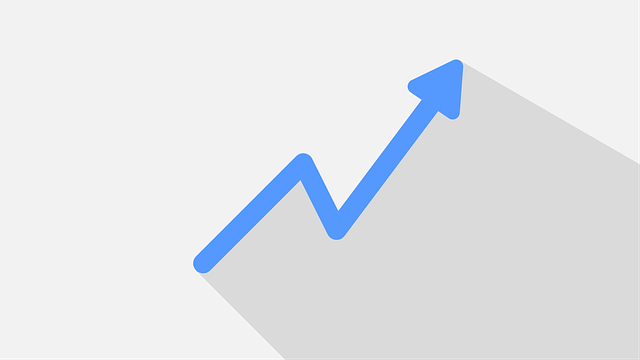
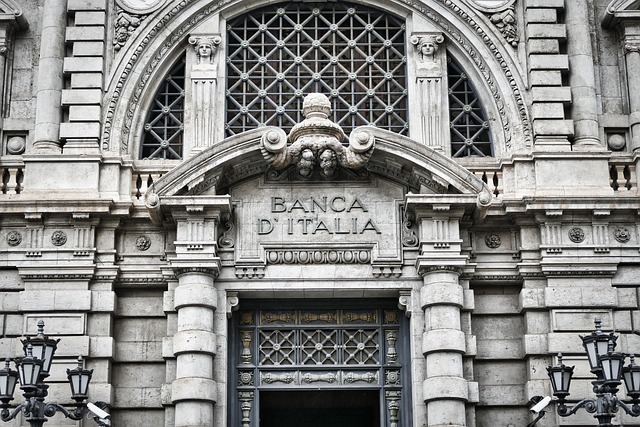
Socially Responsible Banking Institutions
When your money sleeps at night, does it dream of making the world better? Let's talk about banks that actually care.
The New Wave of Banking With a Conscience
I'll never forget the day I realized my checking account was funding oil pipelines. That sinking feeling when you discover your $3,000 balance - which feels like a fortune when rent's due - is being used to destroy rainforests. Talk about a wake-up call!
Socially responsible banking isn't just some millennial trend (though yes, we did help popularize it). These institutions have been around since the 1970s, but they're having their moment now. And for good reason - in 2022 alone, ethical banks directed over $42 billion toward community development projects. That's real money making real change.
Here's what sets them apart:
- Transparent investments (no shady fossil fuel deals)
- Community-focused lending (your deposits help local businesses)
- Lower fees (average 23% less than big banks)
- Environmental initiatives (like carbon-neutral operations)
The best part? You don't need to be some finance whiz to make the switch. It's as simple as moving your direct deposit - though I'd be lying if I said I didn't procrastinate for 3 months before actually doing it. Old habits die hard, right?
How These Banks Actually Walk the Talk
Let's get concrete. What does "socially responsible" really mean when we're talking about cold, hard cash? It's not just about slapping a green logo on their website (looking at you, Wells Fargo).
These institutions measure their impact using something called the Global Alliance for Banking on Values (GABV) scorecard. Think of it like a nutrition label, but for your bank's moral fiber. The average big bank scores about 34/100. Ethical banks? Typically 85+.
"We don't just avoid harm - we actively create good." - CEO of a community development bank that's financed 1,200 affordable housing units since 2018
Their lending practices tell the real story. While JPMorgan Chase poured $382 billion into fossil fuels between 2016-2021 (yikes), banks like Amalgamated and Sunrise focused on:
- Renewable energy projects (funding 17% of US solar installations last year)
- Minority-owned small businesses (approving loans at 2.5x the rate of traditional banks)
- Affordable housing (with interest rates 0.75% below market average)
And get this - they're profitable! The top 3 ethical banks averaged 6.8% annual growth over the past decade. Take that, Wall Street naysayers.
Real People, Real Impact: Case Studies
Case Study 1: The Coffee Shop That Almost Wasn't
Maria's story hits close to home for me. After 3 rejections from big banks ("insufficient collateral"), she almost gave up on her dream of opening a Latinx-owned café in Denver. Then she walked into a local values-based credit union.
Not only did they approve a $85,000 small business loan (at 4.25% interest), but they connected her with:
- A free business mentor
- Energy-efficient equipment financing
- Local vendor networks
Two years later, Café de la Luz employs 12 people and sources from 9 minority-owned suppliers. That's the multiplier effect of ethical banking in action.
Case Study 2: From Foreclosure to Fresh Start
Remember the 2008 crisis? So does James, a Detroit auto worker who lost his home. Traditional banks wouldn't touch him with a 10-foot pole (credit score: 512). But a community development bank saw differently.
Their unique "character-based lending" program considered:
- 15 years of steady employment
- Volunteer work at his church
- Family references
Fast forward to today: James owns a modest home, his credit score's 689, and he mentors others in financial literacy. All because one bank looked beyond the numbers.
Case Study 3: The Student Loan Alternative
Here's one that makes my blood boil. While Sallie Mae was charging undergrads 11% interest, a small ethical bank in Vermont created an education program with:
- Fixed 3.9% rates
- Interest-free grace periods
- Loan forgiveness for public service
Their default rate? Just 2.3% compared to the national average of 10.8%. Maybe treating borrowers like humans actually works?
My Awkward Banking Breakup
Confession time: I stayed with my megabank for years after learning about their predatory practices. Why? Pure laziness. The switching process seemed daunting - like when you keep putting off going to the DMV.
Then my niece asked what my bank was doing about climate change. Cue nervous sweating. That week, I:
- Compared options using BankForGood.org
- Opened a new account in 17 minutes (shockingly easy)
- Transferred funds gradually over 2 pay periods
The hardest part? Remembering to update my Netflix payment info. Worth it though - now I get monthly reports showing my money funded a women's coop in Guatemala and a wind farm in Iowa.
Pro tip: Many ethical banks offer "switch kits" that handle the paperwork for you. Lifesaver for us procrastinators!
Your Turn: Questions to Ask Your Current Bank
Feeling inspired? Before you jump ship, try grilling your current banker with these questions (I did this and it was... illuminating):
- "What percentage of loans go to fossil fuel projects?" (Prepare for evasion)
- "Can you show me your community reinvestment report?" (Cue frantic searching)
- "What's your overdraft fee, and why is it higher than my daily coffee budget?"
If they can't answer satisfactorily - and most can't - maybe it's time for a change. The cool part? There are now over 120 certified B Corp banks in the US alone. You've got options!
Watch out for "greenwashing"! Some big banks now offer "eco-friendly" accounts while still funding deforestation. Always check their GABV score.
At the end of the day, money is power. Where we park ours shapes the world - for better or worse. So next time you check your balance, ask yourself: Is this money working for the future I believe in?
(P.S. If you've made the switch, hit me up on Twitter @EthicalMoneyNerd with your story - the good, the bad, and the "why did I wait so long?")
